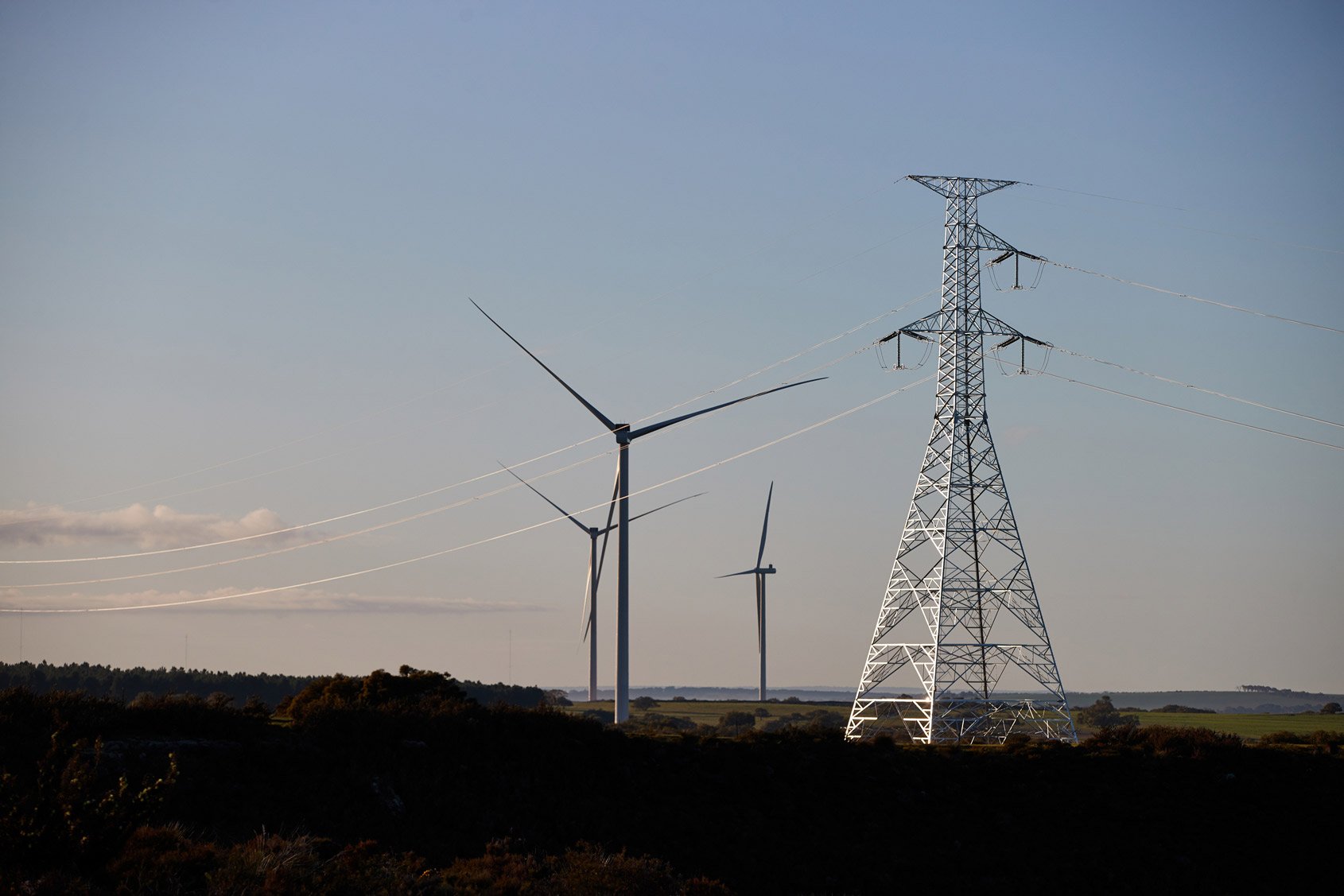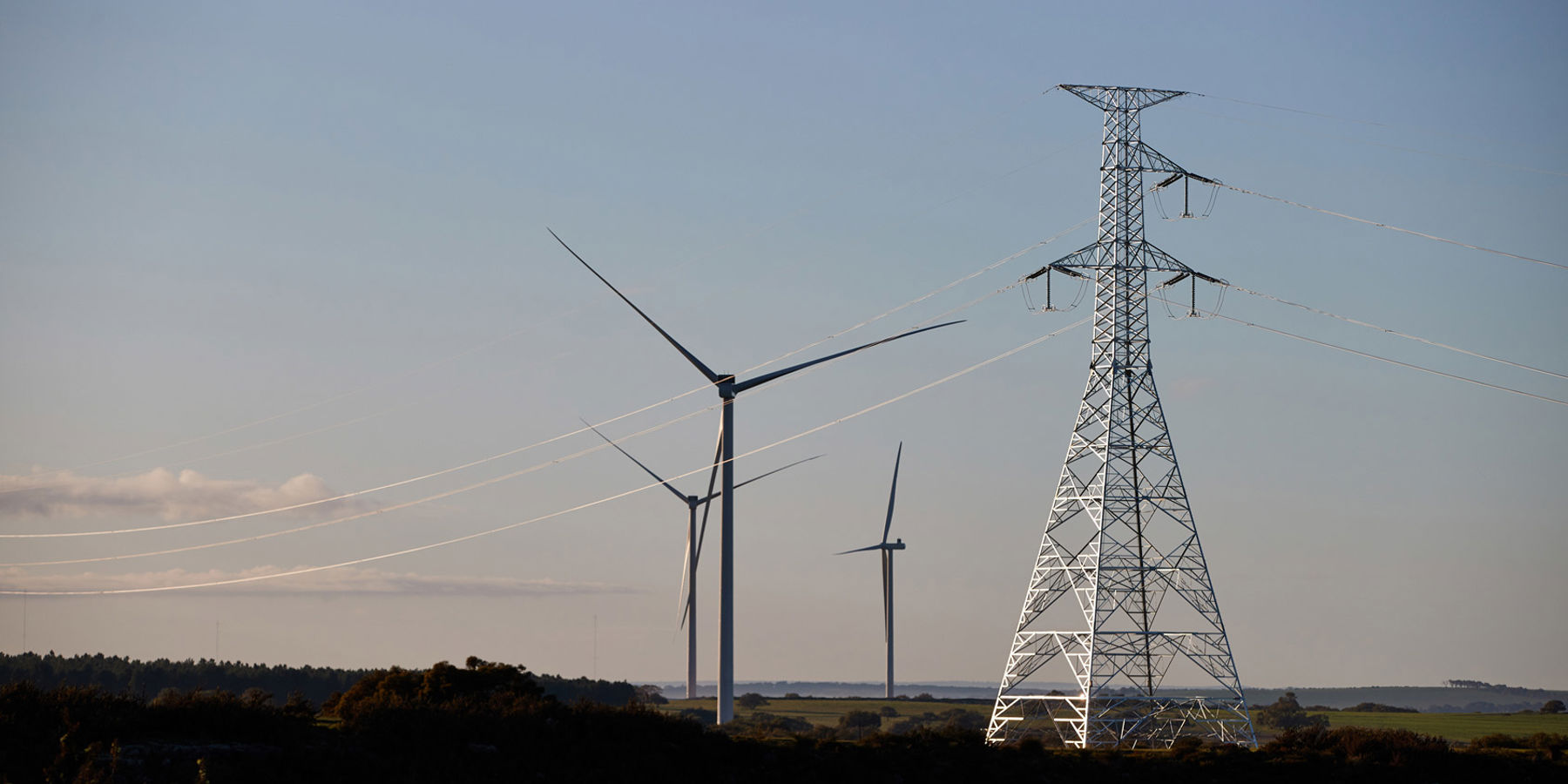The South West Interconnected System Demand Assessment (SWISDA) affirms our preparation for transmission network expansion to enable industrial decarbonisation, service renewable generation and support local economic growth across the State as WA moves towards achieving net zero. As a key enabler in supporting industry to reach their decarbonisation goals, we’re well prepared for this.
The SWISDA has provided the State Government with an understanding of industry future demand for renewable electricity supply on the SWIS as a growing number of industries and businesses seek to decarbonise through electrification.
The fast-tracked assessment identifies the potential change in electricity demand over the next 20 years, considering the requirements of existing industrial users on the SWIS and potential growth in new industries like hydrogen and critical minerals.

It sets the groundwork for the State Government to progress consultation and collaboration with existing and new industrial users to inform network investment, including mechanisms for industry contributions and third-party investments.
Through consultation with existing and potential new industry stakeholders, a range of potential demand scenarios were considered with all scenarios showing that the State’s main transmission network would need to grow to meet proposed industrial demand and achieve net zero greenhouse gas emissions by 2050.
While transmission expansion and network investment will be determined through engagement with industry regarding their projects energy requirements, Western Power is well prepared for this:
- We’re actively investing in technologies to ensure the grid is prepared for the increase in the share of renewable generation powering the community and to meet industry load demand increase that will enable them to achieve emissions targets.
- We’ve already identified early work that require transmission expansion.
- The additional $126M provided by the State Government in the 2022-23 State Budget will support planning works in the northern, central and eastern corridors of the SWIS, reflecting the highest anticipated growth areas.
- The funding will also support planning and purchase of long-lead items for initial upgrades in the north network, which is expected to see a boom in new energy projects, as well as upgrades in the east network.
For more information please visit SWIS Demand Assessment and PoweringWA.
SWISDA is an assessment undertaken by the State Government to understand the potential change in electricity demand over the next 20 years, considering the requirements of existing industrial users on the SWIS and potential growth in new industries like hydrogen and critical minerals.
Through consultation with existing and potential new industry stakeholders, a range of potential demand scenarios were considered with all scenarios showing that the State’s main transmission network would need to grow to meet proposed industrial demand and achieve net zero greenhouse gas emissions by 2050.
Western Power provided modelling and forecasting as a member of the SWISDA taskforce, helping to identify the extent of transmission network expansion required to transport the proposed industry load around the SWIS.
The Treasury-led assessment was supported by the Department of the Premier and Cabinet, Energy Policy WA, Western Power, the Department of Jobs, Tourism, Science and Innovation, and the Department of Water and Environmental Regulation.
SWISDA sets the groundwork for the State Government to progress consultation and collaboration with existing and new industrial users to inform network investment and how it will be funded.
It has provided the State Government with an understanding of proposed industry future demand for low-emissions electricity supply on the SWIS as a growing number of industries and businesses seek to decarbonise through electrification.
Western Power provided modelling and forecasting as a member of the SWISDA taskforce, helping to identify the extent of transmission network expansion required to transport the proposed industry load around the SWIS.
While transmission expansion and network investment will be determined by through engagement with industry regarding their projects energy requirements, Western Power is well prepared for this and already commencing preliminary planning for forecast future needs.
We’re actively investing in technologies to ensure the grid is prepared for the increase in the share of renewable generation powering the community and to meet industry load demand increase that will enable them to achieve emissions targets.
We’ve already identified early work that require transmission expansion, and the additional $126M provided in the 2022-23 State Budget will support planning works in the highest anticipated growth areas being the northern, central and eastern corridors of the SWIS.
The funding will also support planning and purchase of long-lead items for initial upgrades in the north network, which is expected to see a boom in new energy projects, as well as upgrades in the east network.
We’re already working on priority projects including North Region Energy Program (NREP) scoping work and initial planning works for central and eastern corridors of the SWIS. This work reflects the highest anticipated growth areas. Additionally we’re planning and purchasing long-lead items for initial upgrades in the north network, which is expected to see a boom in new energy projects, as well as upgrades in the east network.
The $126M will be used for:
Eastern corridor
Stage1 : $21m to upgrade the Eastern Goldfields transmission line. The proposed upgrades are estimated to enable approximately 400 MW of new renewable generation.
Stage 2: $5m for high level scoping for up to six terminal substations and 500 kV transmission lines connecting to South West with the Goldfields and Renewable Generation Hubs
Northern corridor
Stage 1: $80m - $20 million for scoping and planning works, $60 million for the purchase of long-lead items, including up to six transformers (which have a current lead time of up to 16 months) and switchgear for a new terminal site
Stage 2: $5m for high level scoping for up to six new terminal substations and approximately 950 km of double circuit 500 kV transmission lines from Metro North to North Country
Central corridor
Stage 1: $5m for high level scoping for the transmission line requirements and substation works to service loads in the Kwinana, Kemerton, Pinjarra and Wagerup areas. It may also include new terminal substations in the Kwinana area
Stage 2: $5m for high level scoping for up to three new terminal substations located to the south of the Perth metro area and South West, and 500 kV transmission lines connecting these to new terminals north of the metro area (as envisaged in Stage 2 northern corridor)
Southern corridor
Stage 1: $5m for high level scoping for up to four new terminal substations and associated 500 kV transmission lines, which will lead to connection of Renewable Generation Hubs in the South West region
Any potential transmission expansion as determined by Government and industry will not affect the way we manage the current network. Our commitment to continuing to deliver safe, reliable and affordable power to the community remains.
Planning for the operational delivery of the transmission expansion work will be critical, with a key principle being that there is no detrimental impact on the way we manage and operate the current distribution and transmission network.
Improving our service offering and network reliability through enhancing network resilience for the community remains our focus.
SWISDA Report has identified where clusters of renewable generation will be located in places where the wind/sun is particularly complementary to the grid requirements (in order to support the 24/7 supply of electricity).
Several areas outside of the current footprint of the SWIS were identified as candidate locations for renewable generation hubs. These are located some distance away from the current SWIS footprint. The modelling suggests developing new renewable generation hubs in the north, east and south of the SWIS could be part of a least-cost system future as these hubs either:
- achieve a significantly higher capacity factor than other areas; or
- have wind output that is relatively uncorrelated with wind output in other areas (it generally blows at different times of day/year to other parts of the SWIS).
Further work is required to investigate the legal, commercial and regulatory implications associated with establishing hubs outside of the existing SWIS footprint, with this to be progressed by Energy Policy WA.
